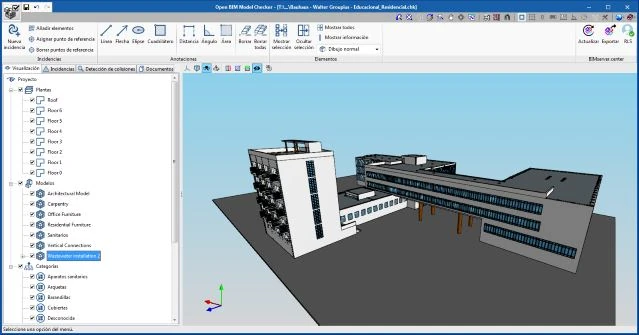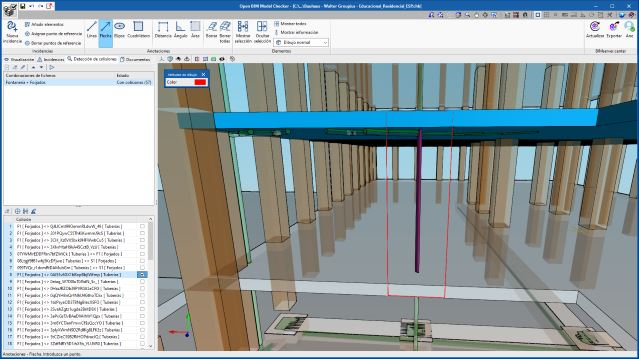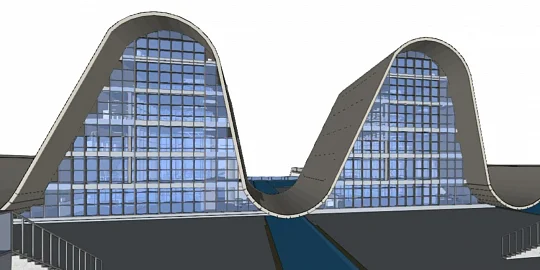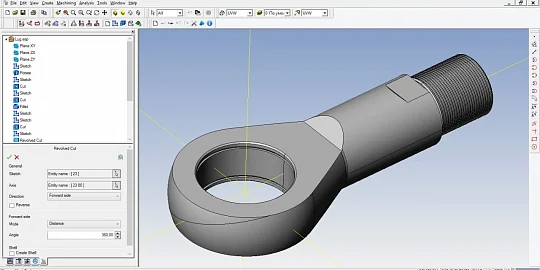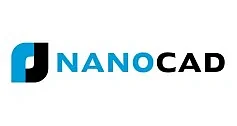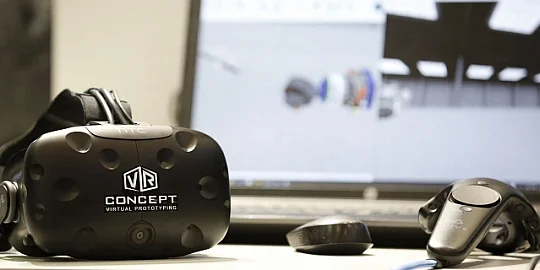Spain’s CYPE specializes in software development for the AEC industry. More than 90,000 users trust its products and services, with over 100,000 licenses having been acquired by professionals in various countries. Amongst the company’s clients are town councils and government ministries, technical organizations, universities, and professional offices. The CYPE software is available in English, French, Italian, Portuguese, Spanish, and Catalan.
A year ago, CYPE licensed program components of the C3D Toolkit to improve 3D modeling and interoperability. Of the modules in the toolkit, they chose the C3D Modeler geometric kernel and the C3D Converter data exchange module.
After only six months, CYPE launched a new 2020 version that incorporated the C3D Toolkit’s components. This is a pretty short time to implement and debug a new kernel into a 3D program.
We talked with Benjamín González Cantó, CYPE Director of Corporate Development, to find out how they did it.
Q: Why did CYPE feel it needed a new geometric modeling kernel?
A: CYPE software covers three areas fundamental to the development of building projects: design and structural analysis; mechanical, electrical, plumbing design and calculations of installations; project management and project documents. We offer a wide range of programs that coordinate information in an open way through the Open BIM workflow.
Following our BIM strategy, we needed a way to deal with ever more complex geometrical models and to manipulate them in a non-trivial way. Extending the kernel that we had developed in-house would have taken too long, and so this was considered infeasible. So, we decided to look outside for a kernel and made a choice in favor of the C3D Toolkit because it fitted our needs in all aspects.
Q: How did CYPE implement the new kernel?
A: As we were already using solid modeling, our developers were experienced in building 3D modeling functions. We were able to integrate the new kernel in just two or three weeks. The first task was to improve IFC file processing and Boolean operations on 3D models.
Using the C3D Labs documentation and the source code with our previous experience was enough to make use of C3D Toolkit.
Q: How does CYPE uses C3D Toolkit today?
A: In August 2019, we introduced the 2020 version with a set of programs and technological solutions that confirm our company's commitment to Open BIM technology. A number of these programs incorporate C3D Modeler and C3D Converter -- this is indicated in the splash screens and in the end-user agreement licenses.
Currently, CYPE leverages the C3D Labs’ components in several ways:
- As a geometric calculation engine -- given the data structures, our developers build C3D kernel objects to get the geometry of the final object, then release them
- As a way to import 3D models from other software into CYPE applications -- C3D Converter is the key component right at the beginning of our asset conditioning pipeline
- IFC geometric processing -- to get geometry shapes and solids for clash detection
- Clash detection in Open BIM Model Checker -- a tool to check BIM projects, including management of issues of the model, integrated in the Open BIM workflow using the IFC standard
For more information about CYPE, visit http://www.cype.com

